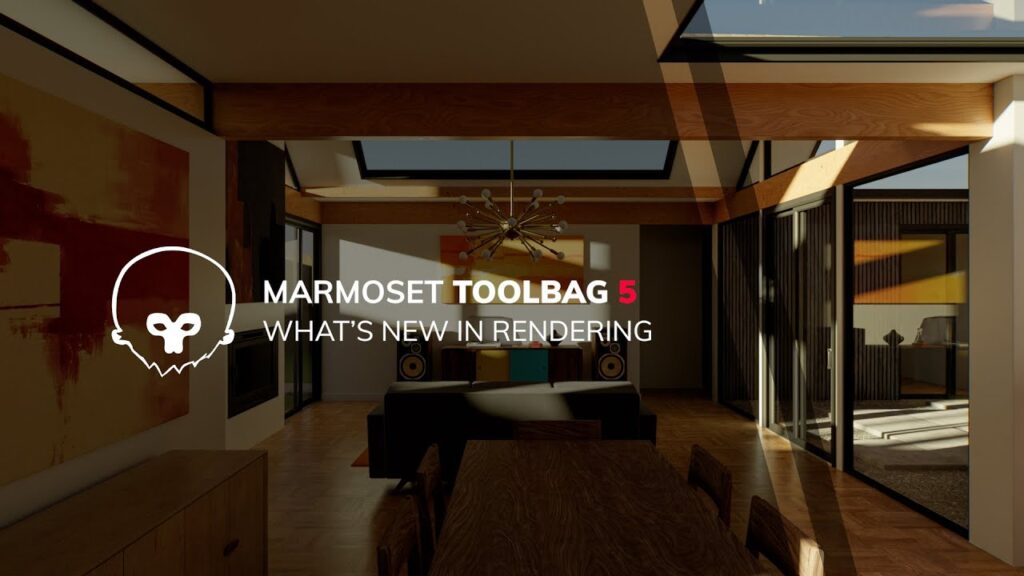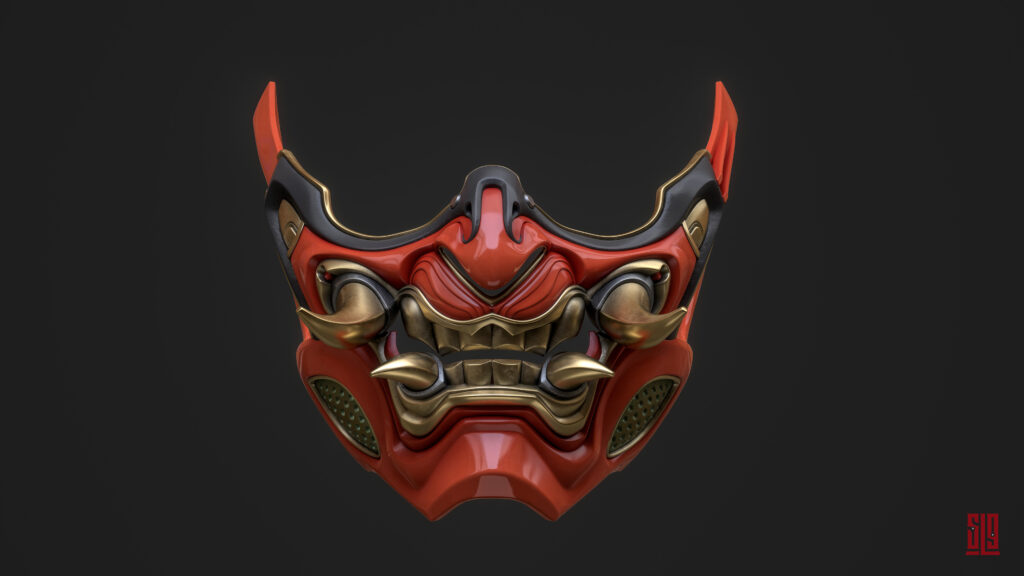Triplanar mode in the Texture shader module allows you to control texture transformation and wrapping settings for your material using a projection method that maps textures onto a mesh based on its surface normals, projecting textures from the X, Y, and Z axes and blending them together.
This method eliminates visible seams and stretching that can occur with traditional UV mapping, making it especially useful for meshes that lack proper UV coordinates. It’s ideal for quickly texturing objects without requiring UV unwrapping.

| Setting | Description |
|---|---|
| Texture Tiling | Controls the scale by which UV texture coordinates are scaled. Higher values result in more tilling. |
| Tile U | Controls the amount of horizontal texture tiling. |
| Tile V | Controls the amount of vertical texture tiling. |
| Offset U | Specifies a horizontal texture offset. |
| Offset V | Specifies a vertical texture offset. |
| Rotation | Specifies a texture rotation. |
| Wrap | Sets the type of texture wrapping used for this material. Clamp stretches the texture outside the [0,1] UV bounds, Repeat tiles the texture outside of the UV bounds, and Mirror flips the texture outside the UV bounds. |
| Anisotropy | Sets the degree of anisotropic filtering applied to this material. Higher values help make textures look sharper and more detailed, but may reduce performance. |
| Filter | Enables texel filtering for this material. This results in sharp “pixelated” texel borders when disabled. It can be useful for stylized texturing. |



